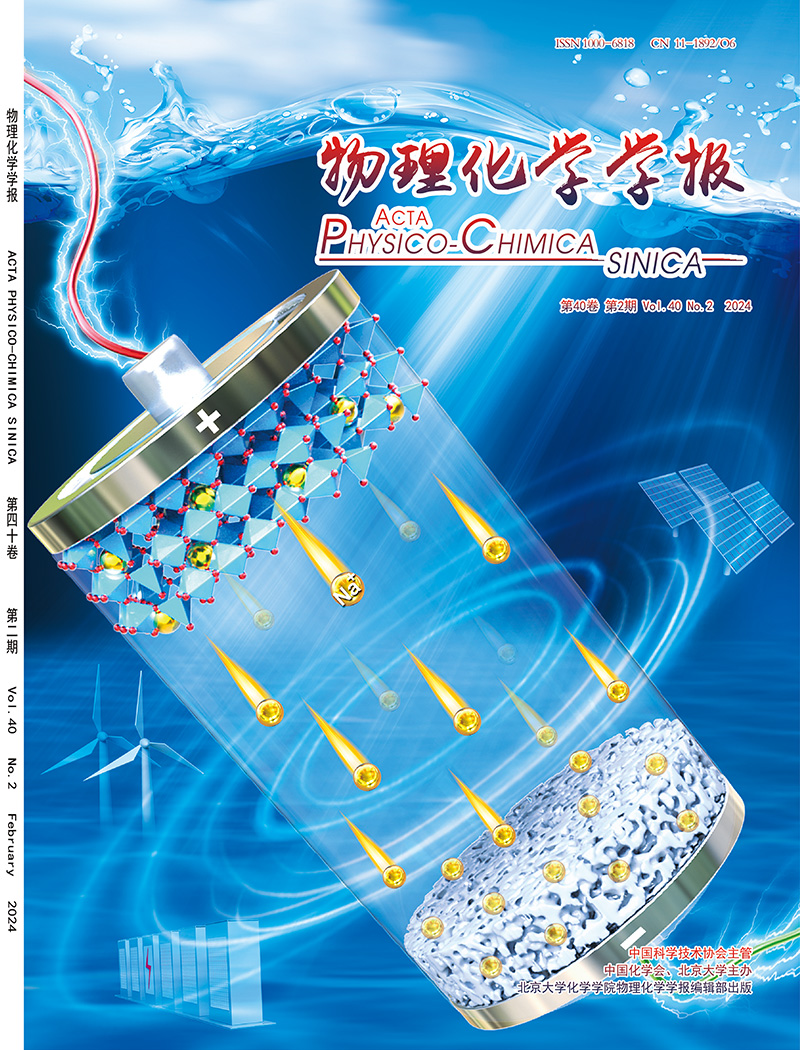Recent progress on electrical failure and stability of perovskite solar cells under reverse bias
IF 13.5
2区 化学
Q1 CHEMISTRY, PHYSICAL
引用次数: 0
Abstract
Halide perovskites have attracted widespread attention in the photovoltaic field due to their exception optoelectronic properties and remarkable defect tolerance. The power conversion efficiency of perovskite solar cells has rapidly increased, reaching 26.95%. However, the weak ionic bonding in perovskite materials make them highly sensitive to electric fields, leading to instability under reverse bias, which poses a significant challenge to their commercialization. During operation, partial shading of modules can cause the shaded perovskite sub-cells to become resistive. Consequently, under the influence of other sub-cells, these shaded sub-cells experience reverse bias, resulting in a substantial decline in device performance. Currently, there is no characterization technique available to directly investigate the failure mechanisms of perovskite solar cells under reverse bias. Furthermore, there is no consensus in existing research on the types of ion migration occurring within devices during reverse bias ageing. Since the failure mechanisms of perovskite solar cells under reverse bias remain unclear, effective stability strategies targeting these mechanisms have not been proposed. As a result, reverse bias instability continues to hinder the long-term operational stability of perovskite solar cells. Given these challenges, a comprehensive review of the electrical failure and degradation mechanisms of perovskite solar cells under reverse bias is imperative. This review summarizes the latest research progress on the reverse bias stability of perovskite solar cells, covering key aspects such as the maximum breakdown voltage, electrical evolution, ageing behavior, degradation mechanisms, stability enhancement strategies, and characterization techniques used in stability studies. Finally, this review highlights future research directions for investigating the ageing mechanisms of perovskite solar cells under reverse bias and proposes potential approaches, such as machine learning, to address the reverse bias stability issues of high-efficiency perovskite solar cells, in the hope of paving the way for further improving their reverse bias stability.

反向偏压下钙钛矿太阳能电池电失效及稳定性研究进展
卤化物钙钛矿以其独特的光电性能和卓越的缺陷容忍度在光伏领域引起了广泛的关注。钙钛矿太阳能电池的功率转换效率迅速提高,达到26.95%。然而,钙钛矿材料的弱离子键使其对电场高度敏感,导致其在反向偏置下不稳定,这对其商业化构成了重大挑战。在操作过程中,组件的部分遮光会导致遮光的钙钛矿亚电池产生电阻。因此,在其他子单元的影响下,这些阴影子单元经历反向偏置,导致器件性能大幅下降。目前,还没有表征技术可以直接研究钙钛矿太阳能电池在反向偏压下的失效机制。此外,在现有的研究中,对反向偏压老化过程中设备内发生的离子迁移类型没有达成共识。由于钙钛矿太阳能电池在反向偏压下的失效机制尚不清楚,针对这些机制的有效稳定性策略尚未提出。因此,反向偏置不稳定性继续阻碍钙钛矿太阳能电池的长期运行稳定性。鉴于这些挑战,对钙钛矿太阳能电池在反向偏压下的电失效和降解机制进行全面的综述是必要的。本文综述了钙钛矿太阳能电池反偏压稳定性的最新研究进展,包括最大击穿电压、电演化、老化行为、降解机制、稳定性增强策略以及稳定性研究中使用的表征技术等关键方面。最后,本文综述了钙钛矿太阳能电池在反向偏压下老化机制的未来研究方向,并提出了解决高效钙钛矿太阳能电池反向偏压稳定性问题的潜在方法,如机器学习,希望为进一步提高其反向偏压稳定性铺平道路。
本文章由计算机程序翻译,如有差异,请以英文原文为准。
求助全文
约1分钟内获得全文
求助全文

 求助内容:
求助内容: 应助结果提醒方式:
应助结果提醒方式:


